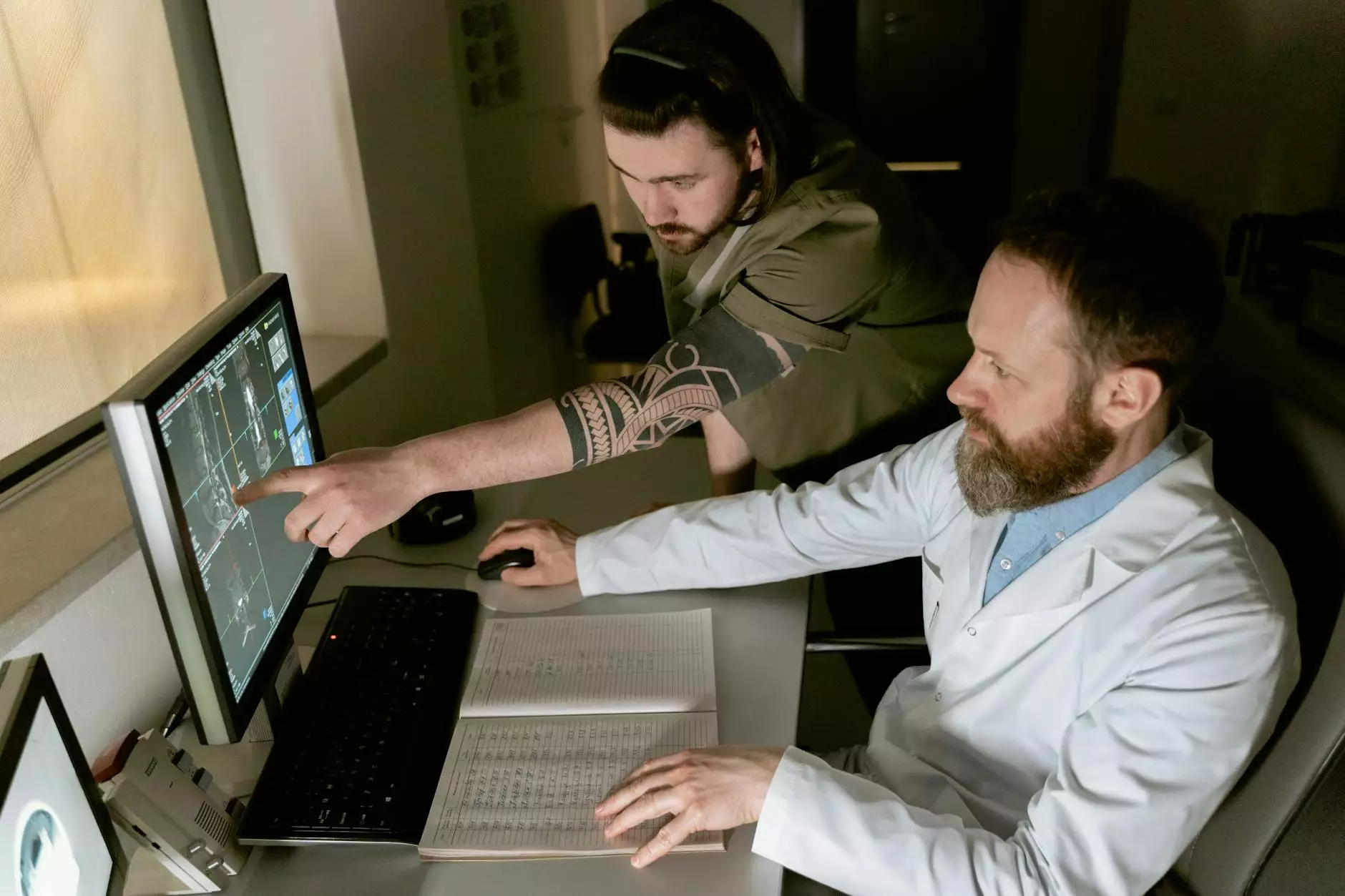Different Types Of Medical Imaging Equipment In Use
Health
Introduction
Welcome to Ageless Wisdom Magazine's comprehensive guide on the different types of medical imaging equipment in use today. In this article, we will explore various imaging technologies that healthcare professionals rely on to diagnose and treat medical conditions. From traditional X-rays to advanced Magnetic Resonance Imaging (MRI) machines, we will cover each imaging technique's uses, benefits, and limitations.
X-ray Machines
X-ray machines are one of the most commonly used imaging tools in healthcare. These machines use electromagnetic radiation to create images of the internal structures of the body. X-rays are particularly useful in diagnosing broken bones, dental issues, lung infections, and identifying foreign objects.
Computed Tomography (CT) Scanners
CT scanners combine X-ray technology with computer processing to produce detailed cross-sectional images of the body. These scans are extremely helpful in detecting various conditions, including tumors, blood clots, and organ abnormalities. CT scans are particularly beneficial for diagnosing conditions in the brain, lungs, abdomen, and pelvis.
Magnetic Resonance Imaging (MRI) Machines
MRI machines use a powerful magnetic field and radio waves to generate detailed images of the body's internal structures. Unlike X-rays and CT scans, MRIs do not use radiation, making them a safer option for certain patient populations. MRIs are commonly used to assess the brain, spinal cord, joints, and soft tissues, providing valuable insights for doctors.
Positron Emission Tomography (PET) Scans
PET scans involve the injection of a radioactive tracer, which helps detect changes in cellular activity within the body. By combining PET scans with CT or MRI, healthcare professionals can obtain highly detailed images that assist in the detection and staging of cancer, brain disorders, and cardiac conditions. PET scans are commonly used in oncology and neurology.
Ultrasound Machines
Ultrasound machines use high-frequency sound waves to create real-time images of the body's internal structures. These machines are widely used in obstetrics and gynecology to monitor fetal development and detect any potential abnormalities. Additionally, ultrasounds are valuable in assessing the heart, blood vessels, and other organs.
Nuclear Medicine Imaging
Nuclear medicine imaging involves the administration of small amounts of radioactive substances to produce detailed images of the body's functioning. Techniques like Single Photon Emission Computed Tomography (SPECT) and Positron Emission Tomography (PET) provide information about organ structure as well as biochemical and molecular processes. These scans are often used in cardiology, oncology, and neurology.
Fluoroscopy Machines
Fluoroscopy machines use X-rays for real-time imaging of moving structures within the body. Commonly used during surgical procedures, these machines help guide surgeons by providing live visuals. Fluoroscopy is especially useful in interventions such as angiography, gastrointestinal studies, and orthopedic procedures.
Conclusion
In conclusion, medical imaging equipment plays a vital role in the diagnosis, treatment, and monitoring of various medical conditions. From X-ray machines to MRI scanners, each imaging technique offers unique benefits and limitations. Ageless Wisdom Magazine hopes that this comprehensive guide has provided valuable insights into the different types of medical imaging equipment in use today.




